Quick Answer: The best time to start packing for a move is about 6 to 8 weeks before your moving day. This gives you enough time to sort, declutter, and pack gradually without feeling rushed.
Overview
You can’t control everything on moving day, but packing early gives you a major advantage.
Packing always takes longer than you think. One box turns into ten, and suddenly you're racing the clock, surrounded by half-filled bins, tangled cords, and an empty roll of tape.
Whether you’re moving across town or across the country, there’s one simple question that can save you from last-minute chaos: when to start packing for a move?
Most people underestimate the time and energy it really takes.
Did you know 41% of Americans spend 15–40 hours just packing, and nearly 40% say it’s the most stressful part of moving?
The secret to avoiding panic? A smart, early start.
In this guide, we’ll show you exactly when to begin, what to pack (and when), and share a week-by-week strategy that takes the guesswork and the panic out of packing.
How Early Should You Start Packing for a Move?
So, when should you start packing for a move? For most households, the sweet spot is six to eight weeks before moving day. That might sound early but trust us, it’s the difference between a calm, organized process and a frantic last-minute scramble.
The ideal start time depends on a few key factors:
- The size of your home
- How much stuff you have
-
Whether you're packing alone or with help
- If you're working full-time during the move
Week-by-Week Packing Timeline
Now that you know how early you should start packing, let’s turn that window into a clear, manageable plan.
If you're planning to hire movers during this stage, it’s smart to verify they’re properly licensed using the FMCSA’s official mover database.
8 Weeks Before
This is your foundation week. Start by going through closets, storage areas, and that junk drawer you’ve been avoiding. Create three piles: keep, donate, and toss. The less you move, the less you’ll have to pack.
- Declutter each room one at a time.
- Host a yard sale or schedule donation pickups.
-
Start gathering moving boxes, packing tape, labels, and bubble wrap.
-
Create a moving binder or digital folder to track receipts, timelines, and contacts.

Not sure what to keep or toss? Learn how to declutter before a move and lighten your load the smart way.
6 Weeks Before
Now it’s time to start packing. Begin with items you won’t need in the next month, things like:
- Off-season clothing
- Extra linens and towels
- Storage room items
- Books you won’t be reading.
- Holiday decorations
4 Weeks Before
By now, you’re in the groove. This week, shift your focus to items you use occasionally, but won’t need before the move.
- Wall art and home décor
- Additional books, magazines, or photo albums
- Outdoor items (if you won’t use them again before moving)
- Craft supplies, collections, or hobby gear
2 Weeks Before
Now we’re getting into the “almost move” mode. You’ll want to start packing up secondary spaces and rarely used kitchen gear.
- Pack dishware, glassware, and cooking tools you can live without
- Empty out cabinets and drawers you don’t use daily
- Tackle spare bedrooms, guest bathrooms, and under-bed storage.
Final Week
It’s go-time. This week is all about wrapping up loose ends and packing your essentials bag.
-
Pack your daily essentials last: toiletries, clothes, chargers, and important documents.
-
Prepare a “first-night” box with everything you’ll need immediately at your new place.
- Defrost and clean out the fridge
- Finish up any last-minute packing, cleaning, or organizing

Need a reliable mover for your next big move? Explore best moving companies in the USA and move stress-free.
What Should You Pack First — and Last?
Even with a detailed packing checklist for moving, one question always comes up: what should you pack first, and what should wait until the very end?
The rule is simple: pack the things you use least first and leave the most-used items for last.
Pack These First: These are the non-essentials items you won’t need for several weeks but still want to take with you.
- Off-season clothes and shoes
- Holiday decorations
- Decorative items (art, candles, vases)
- Storage room items
- Extra bedding and linens
- Books, DVDs, games, and hobby supplies
- Extra kitchen gadgets and duplicate utensils
Pack These Last: These are the items you’ll need right up to (and sometimes immediately after) moving day.
- Daily toiletries and medications
- Important documents (ID, passports, lease papers, etc.)
-
Chargers, laptops, and personal electronics
- A few dishes, cups, and cooking tools
- Clothing for the final days and the first week after the move
- Basic cleaning supplies
- Pet supplies, if applicable
- Kid essentials (favorite toys, diapers, etc.)
Time Taken for Packing Each Room
Now that you understand when to start packing for a move and how to prioritize what goes in boxes first, the next big question is: how long will this take?
Here's a breakdown to help you get real about the hours involved.
| Home Type | Estimated Packing Time |
|---|---|
| Studio / 1-Bedroom | 10–12 hours |
| 2-Bedroom Apartment | 1–2 days |
| 3–4 Bedroom House | 2–4 days |
| 5+ Bedroom House | 4–7 days or more |
Factors That Affect Packing Time
Keep in mind, these time frames can shift based on a few critical variables:
Size of Your Belongings
Larger items like furniture, gym equipment, or oversized decor take more time to move and may require disassembly, padding, or special handling.
Fragile or Valuable Items
Breakables like glassware, electronics, or artwork need careful wrapping and labeling, significantly adding to packing time.
Number of Helpers
The more organized and coordinated your helpers are, the faster the process. Untrained help, however, can slow things down.
Level of Organization
If your home is already decluttered and items are grouped or labeled, packing is much faster. Cluttered or disorganized spaces can double the time required.
Packing Materials Availability
Running out of boxes, bubble wrap, or tape mid-way can interrupt your flow. Having everything ready from the start streamlines the process.
Should You Pack Yourself or Hire Professionals?
By now, you’ve seen how much time and planning goes into packing and you might be wondering: should I really do this all myself, or is it smarter to hire professional packers?
To avoid scams or unqualified movers, check their reviews and complaint history through the Better Business Bureau before booking.
Packing Yourself: Packing yourself keeps costs low and gives you full control. It’s a solid choice if you have time, want to declutter as you go, and are sticking to a moving house packing timeline.
Hiring Professionals: Professional packers bring speed, experience, less stress, and peace of mind. It's ideal if you're short on time or just want to avoid the hassle.
So, Which Option Is Right for You?
- Go DIY if you’re organized, budget-conscious, and have the time.
- Go Pro if convenience, speed, and peace of mind are worth the cost.

Worried about moving scams? Use our expert guide to find a trustworthy moving company and protect your belongings.
Common Packing Mistakes to Avoid
Even with the best intentions and a well-planned moving house packing timeline, small mistakes can snowball into big headaches.
Here are the biggest mistakes to steer clear of during your move:
| Mistake | How to Avoid |
|---|---|
| Start Too Late | Start packing 6–8 weeks early to stay organized. |
| Skip Decluttering | Declutter thoroughly before packing anything. |
| Forget to Label | Clearly label boxes with contents and room. |
| Overpack Boxes | Keep boxes under 50 lbs with balanced weight. |
| No Essentials Box | Pack a dedicated essentials box for moving day. |






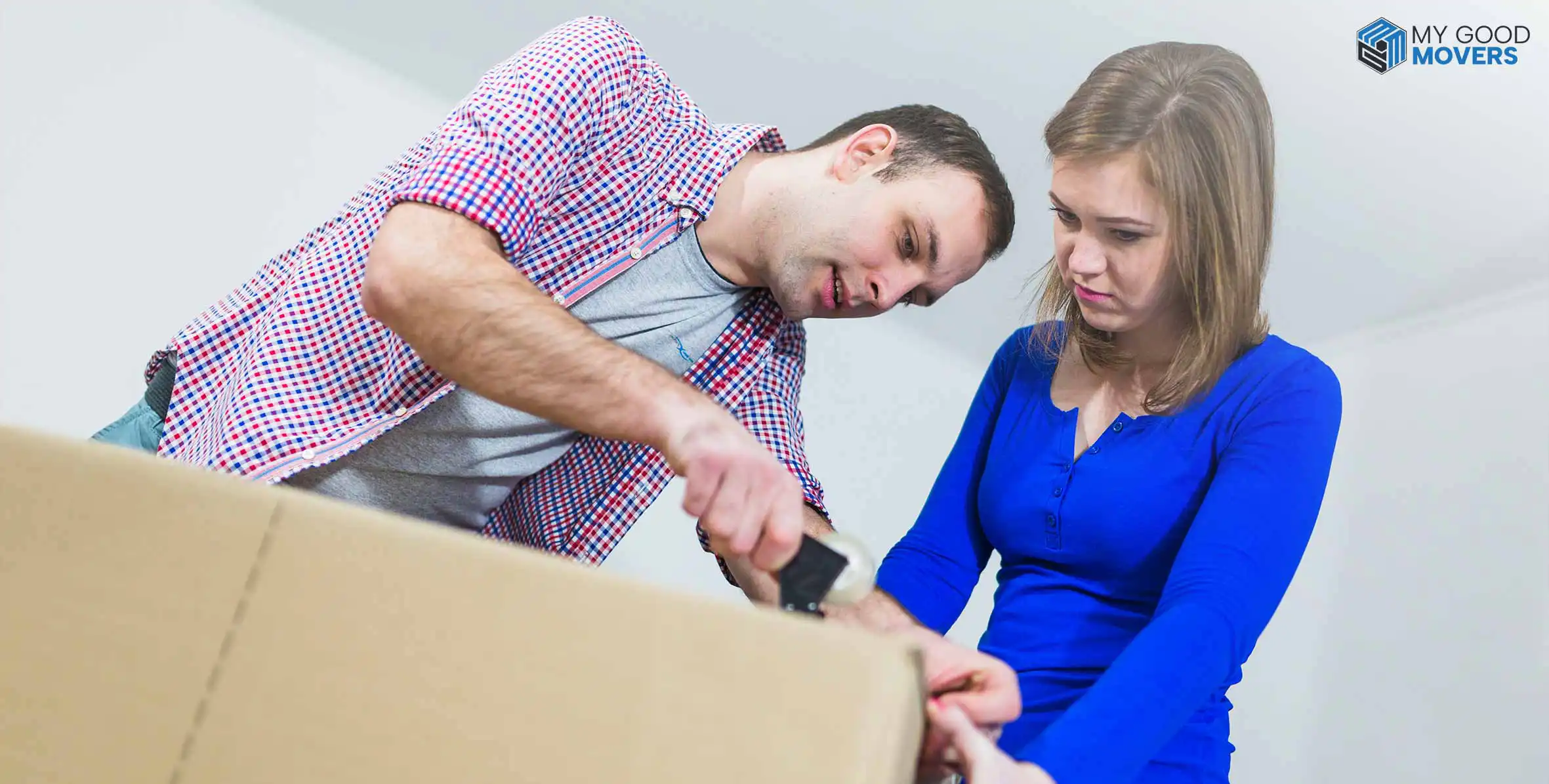
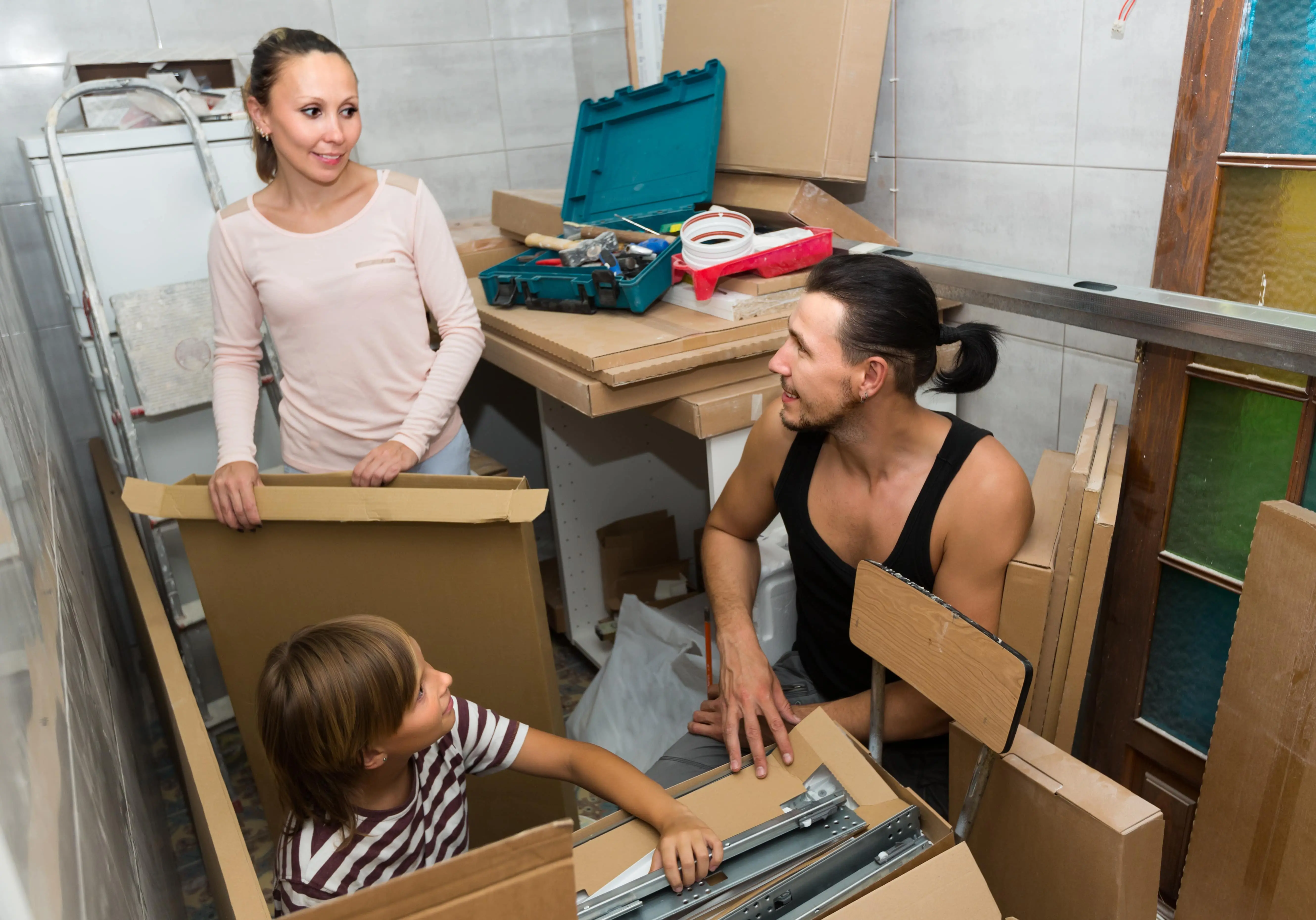

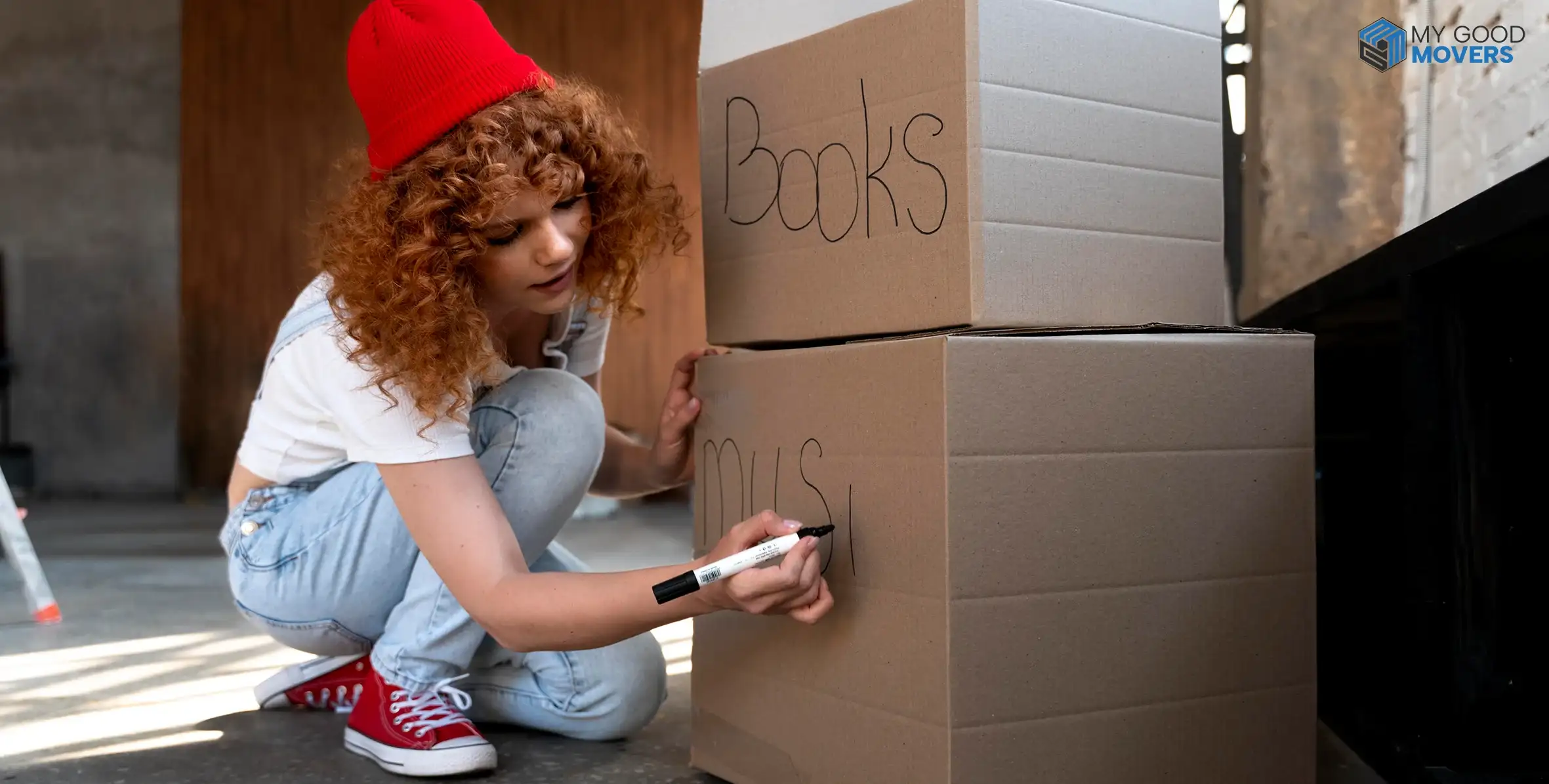

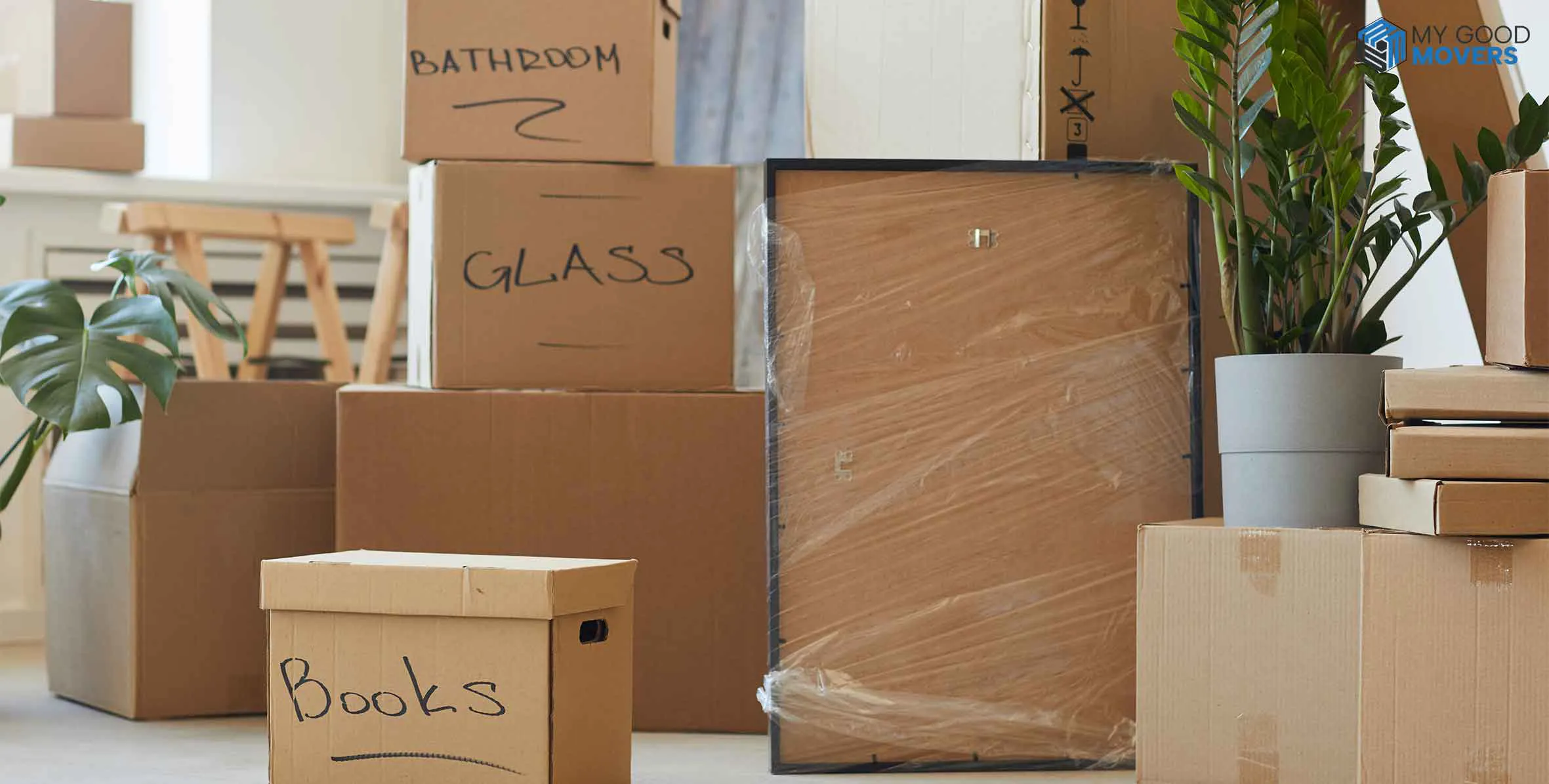














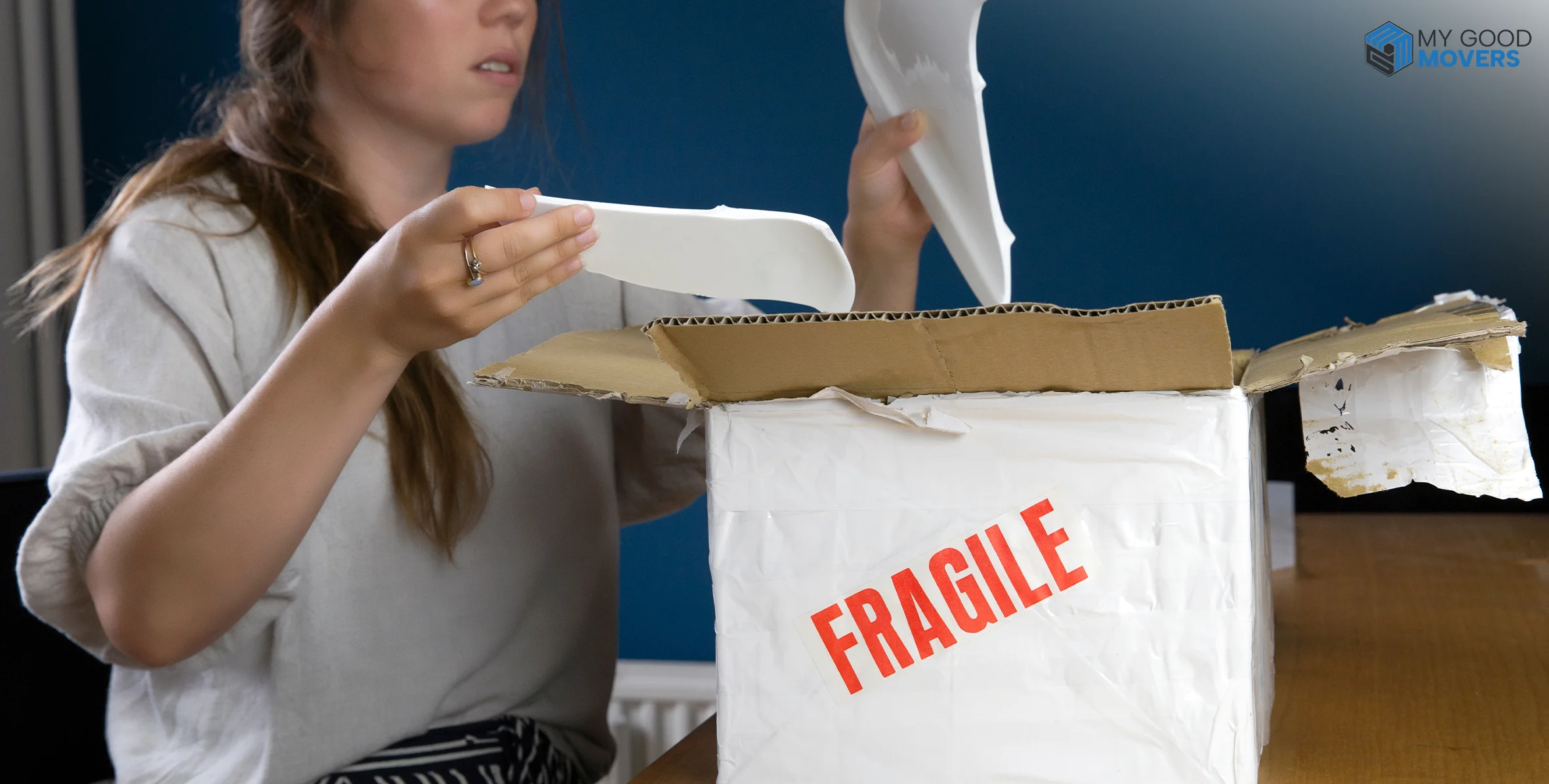



 (239) 799–6077
(239) 799–6077